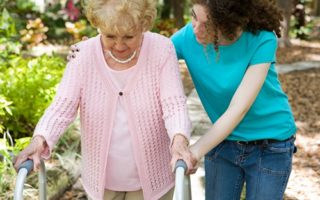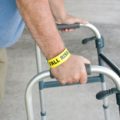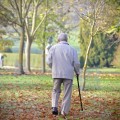
Falls must be a serious concern for long-term care providers. The Centers for Disease Control and Prevention revealed 2 million adults over the age of 65 fall every year. Once older adults fall, their risk for having another incident doubles. While providers can work hard to prevent these accidents from occurring, they also need to know how to properly respond if their residents do fall. Here are three steps to maintain a proper fall response in your long-term care facility:
"Investigate the fall circumstances."
1. Investigate the underlying reasons for the fall
You must investigate the fall circumstances immediately after a fall. This is because you may find it challenging to gain a firm understanding of what happened or what the risk factors were later on. The fall could be the result of uneven walking surfaces, clutter or other external issues. Right after a fall, direct care staff must conduct a comprehensive fall assessment to determine what led to the fall, as "unknown variables" should never be acceptable reasoning.
As part of the fall assessment, it's important to evaluate the patient for signs of underlying illness that could have lead to weakness or dizziness that caused the event. Loss of balance could be due to dehydration, anemia, heart problems, strokes, urinary track infections or pneumonia. The residents could also be reacting to a new medication, which could effect their balance.
2. Closely monitor the residents
The Agency for Health Care Research and Quality emphasized the need for continual resident observation in the 72 hours following an incident. This is not only important to keep the residents safe from another accident, but to establish a firm understanding of the residents' conditions before, during and after the fall. For the first 72 hours, nurses should carefully keep records of any worsening or improving conditions and symptoms.
"Care providers should implement a new Fall Interventions Plan."
3. Document and report the incident
As previously mentioned, long-term care providers must keep careful records of the incident and what their response may have been. This response documentation should not only include immediate actions, but also the care plan and adjusted plan of care. For example, if the fall was the result of residents' poor response to a new medication, they should take a different approach to the residents' care.
Documentation surrounding the fall should include the date, time, location, type of fall, likely cause, staff response, aids in use, footwear and more. Any missing information not only puts the resident at further risk for a future fall, but also leaves staff members and facilities open to negative consequences. Once all the information is compiled, long-term care providers must report the incident to relevant parties, such as the physicians, family and the state licensing agency, if required.
Within the first few days following a serious fall, long-term care providers should implement a new Fall Interventions Plan and new plan of care for the effected resident. This way, long-term care professionals will do what they can to better prevent future fall incidents.
To learn more about falls, take Mariposa Training's course "Fall Prevention – Top 10 Tips for Reducing Fall Related Injuries," or download our Fall Prevention white paper today!




